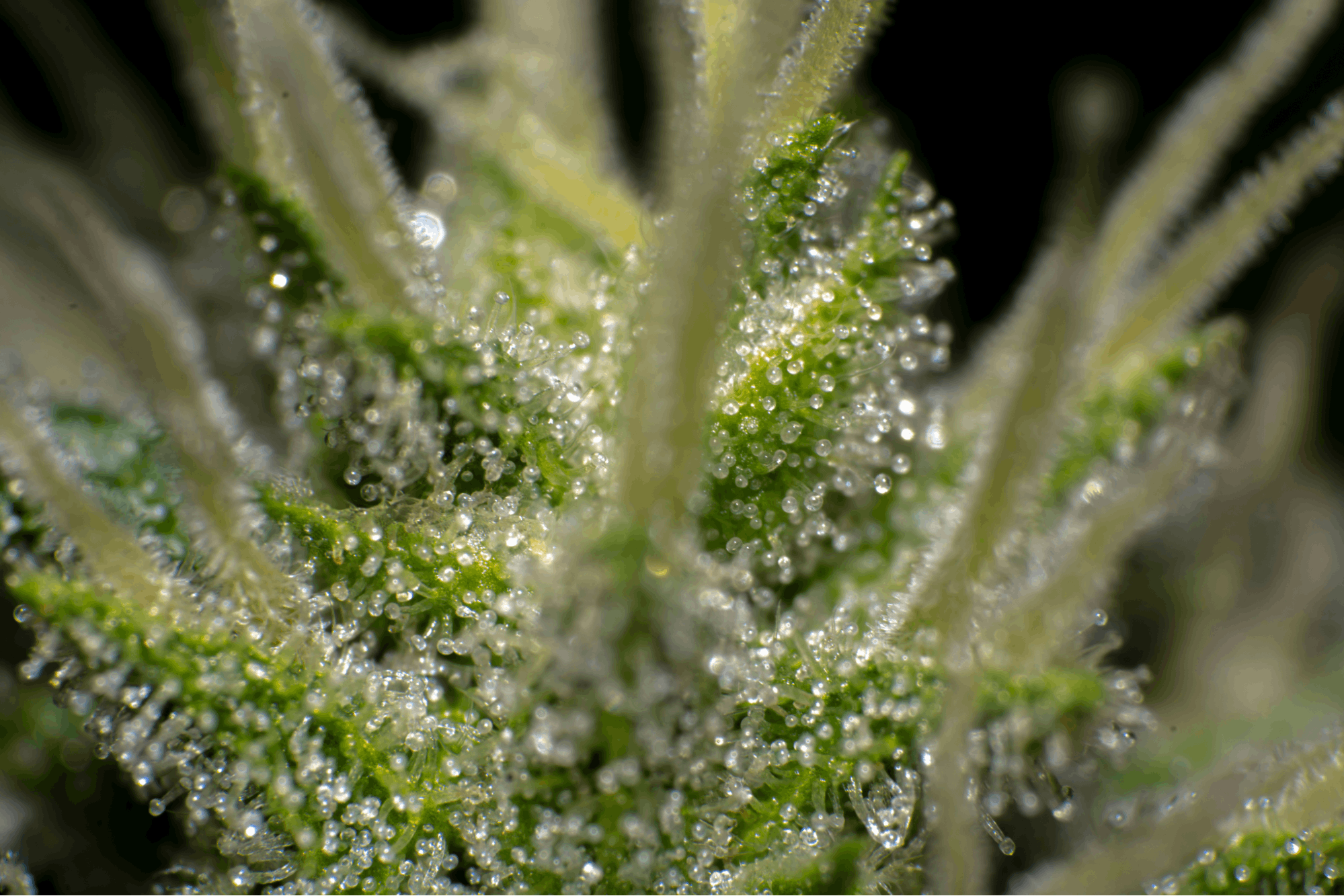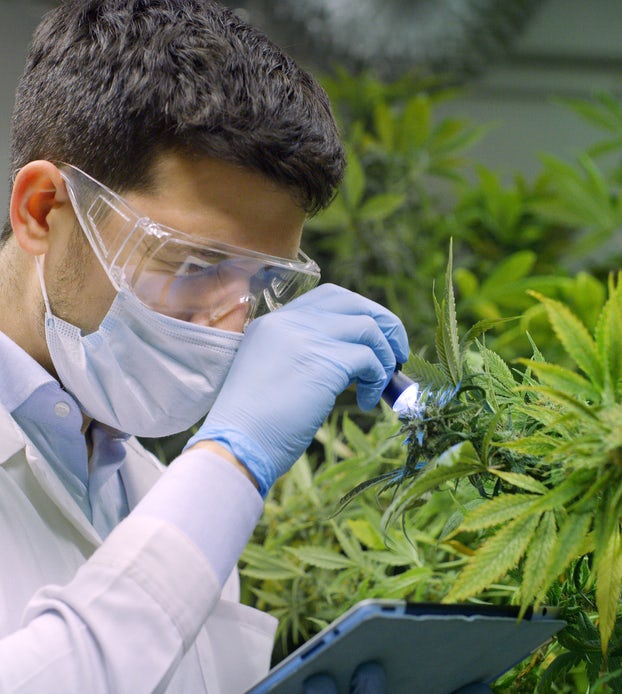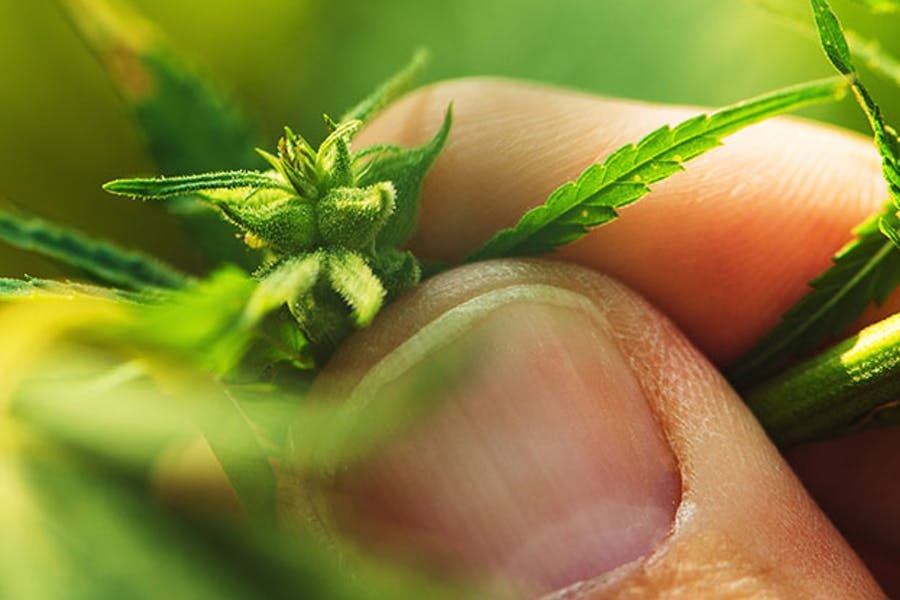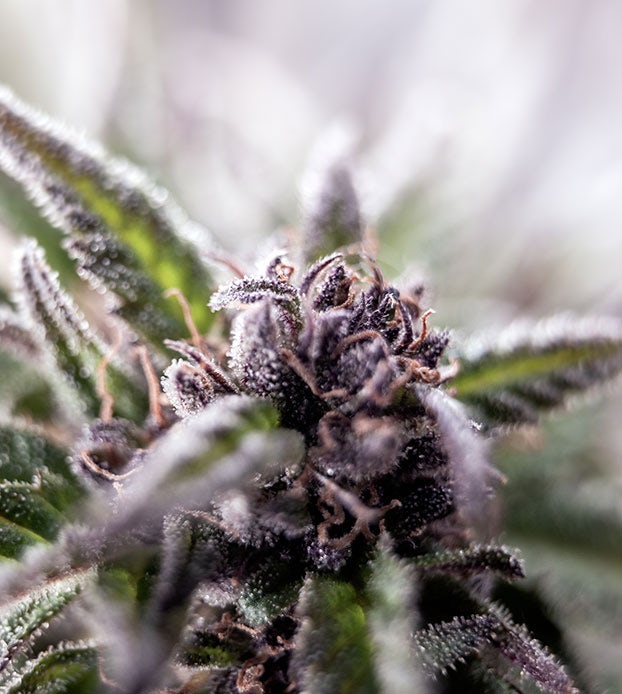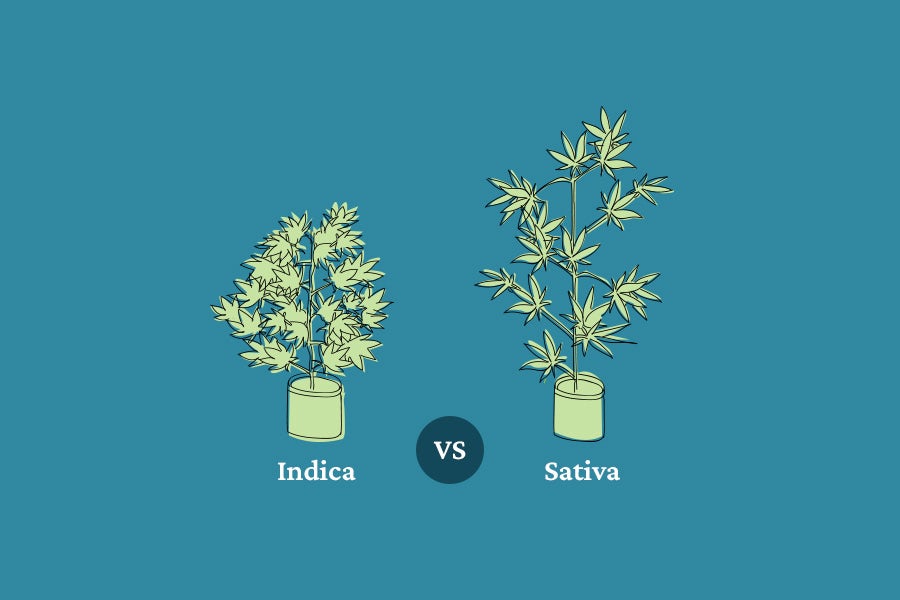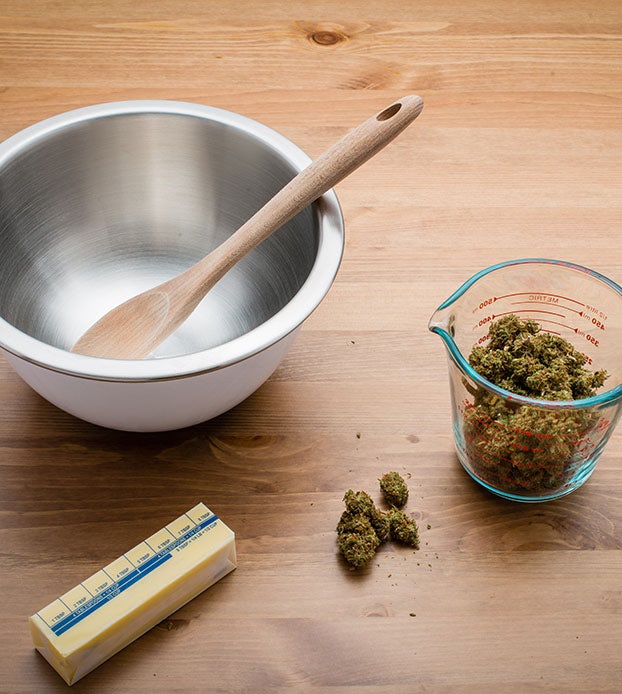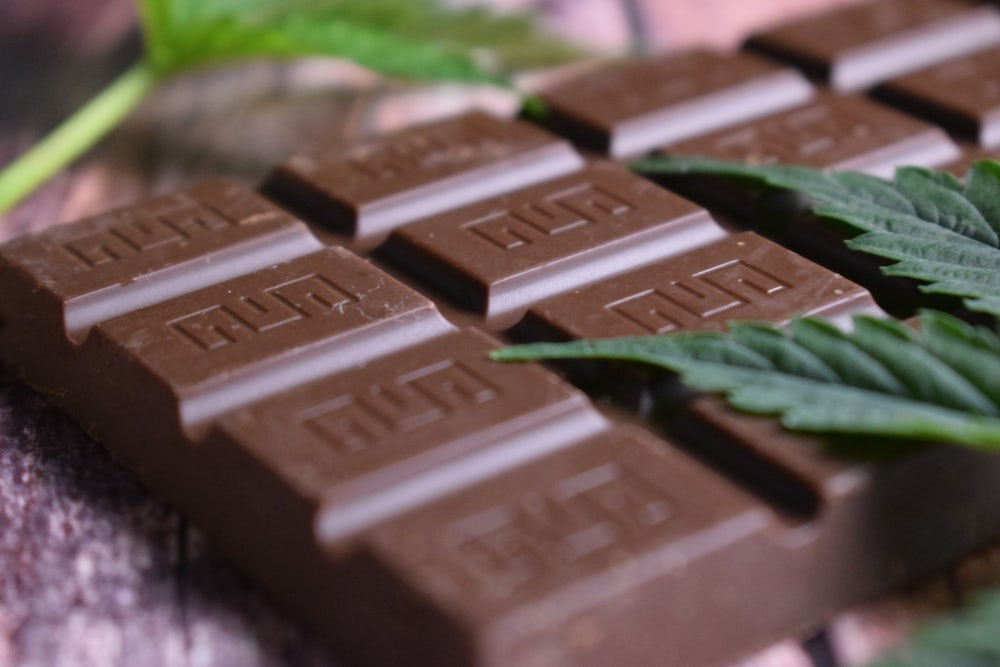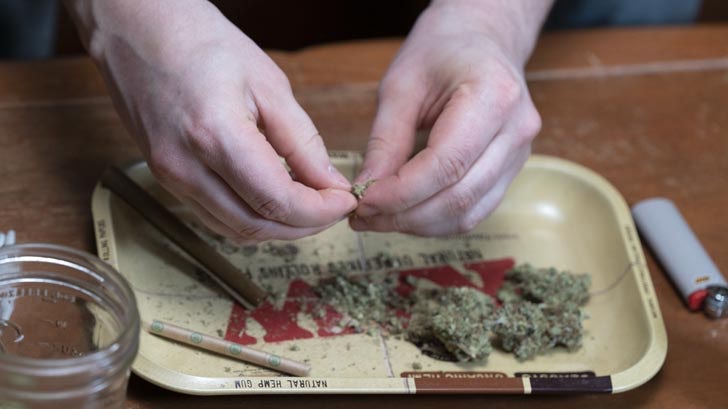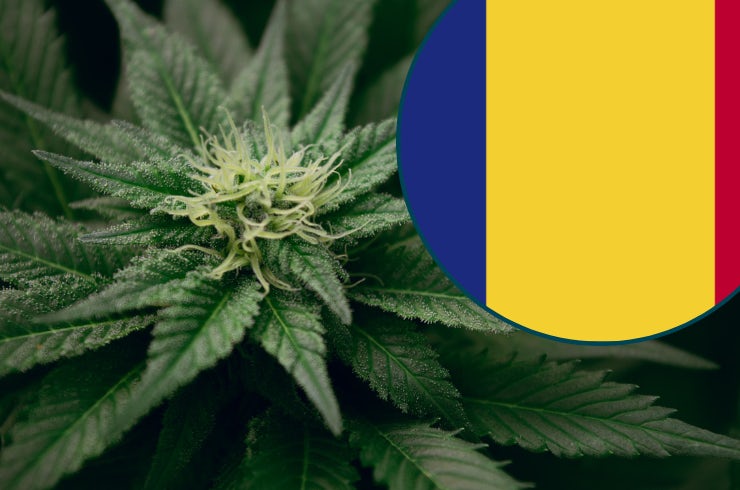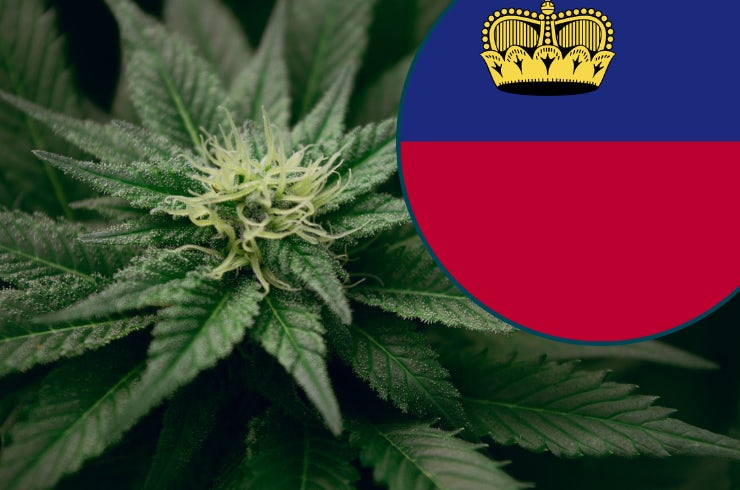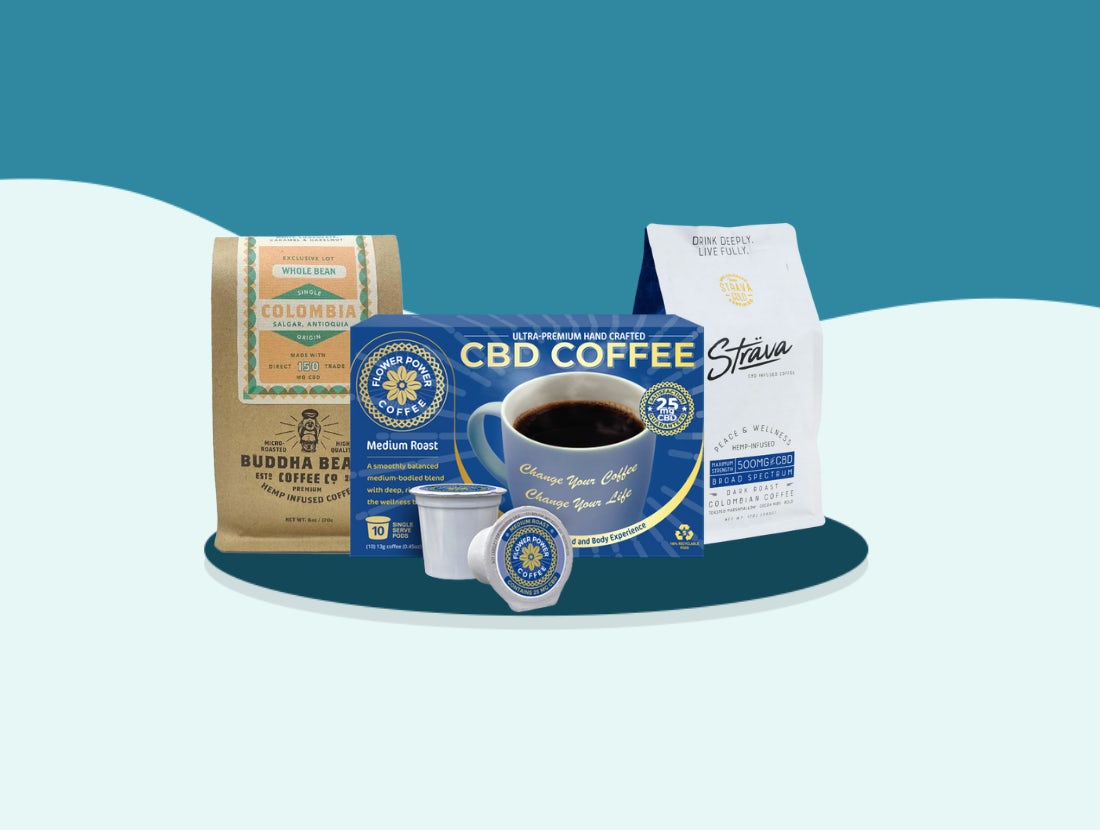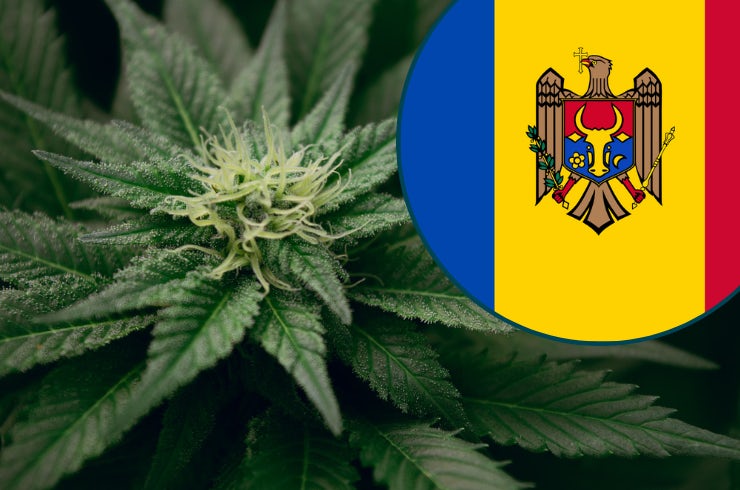“Which form of cannabis is the most ‘full spectrum’?” That’s the question that sparked an online poll, which resulted in a broad range of responses, very little consensus, and even some name-calling.
Why all the confusion? Well, thanks to decades of strict prohibition, cannabis terminology is far from standardized. In fact, even some of the most commonly-used terms have no agreed-upon definition. Perhaps some of the most misleading terms commonly used have to do with the spectrum—a term used to describe the variety of active ingredients found in a cannabis product. 1
While there is no standard definition for what these terms mean, there is a general consensus on generic terms like isolate, broad-spectrum, and full spectrum. Here’s what they mean:
- Isolate is used to describe any product that only contains one purified cannabis constituent, like CBG isolate. Isolates may be helpful for those looking for a very consistent product or those who need assurances that a certain product will not cause a positive drug screen.
- Broad spectrum is a less clear term used to describe a product that has many of the active ingredients found in botanical cannabis, but has specifically had the THC removed, ensuring a clear urine drug screen while still delivering multiple beneficial molecules.
- Full spectrum is a term applied to a wide variety of products that is meant to express that the product represents all of the molecules found in the cannabis it was made from.
The full spectrum controversy
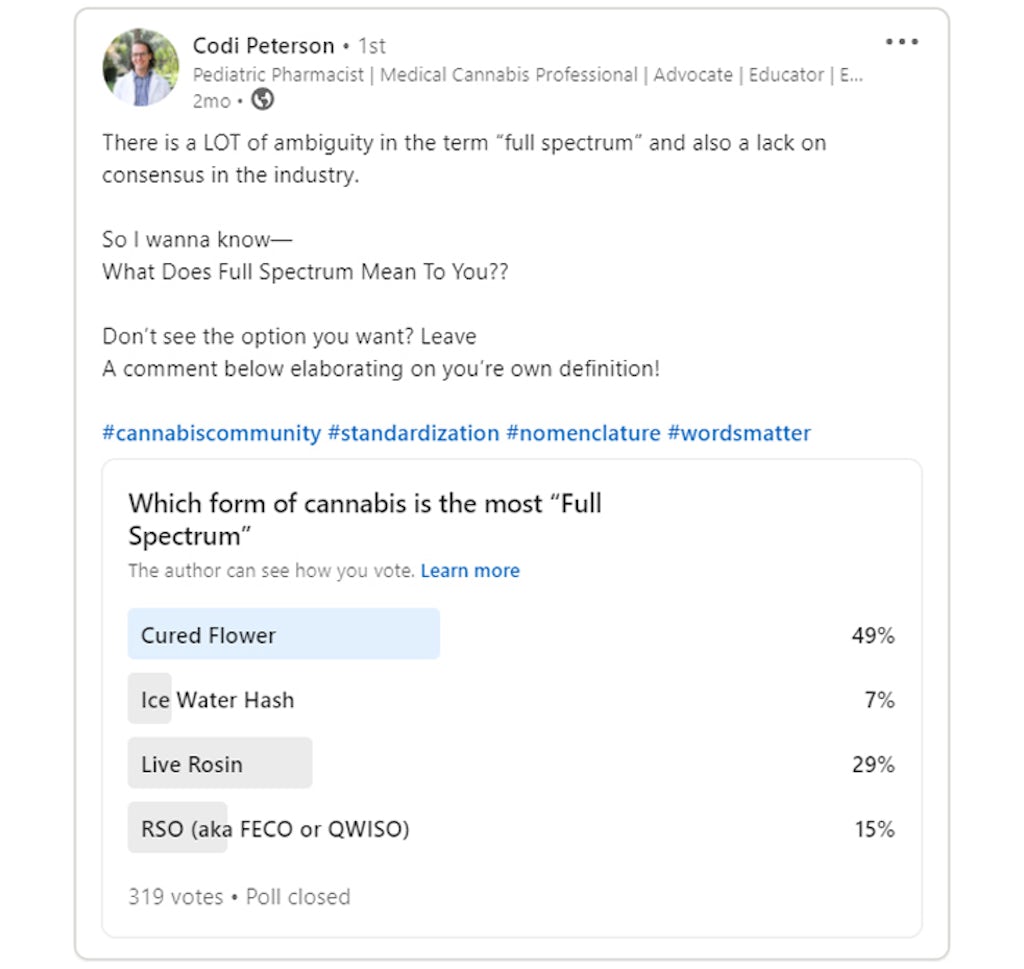
“Full spectrum” is a descriptor that can be found all over the cannabis industry. It’s meant to describe a product that contains the natural variety of secondary metabolites (molecules like cannabinoids, terpenes, and flavonoids) found in the cannabis plant. But despite being used rampantly in the industry, some of the most buzzworthy terms in cannabis still have no agreed-upon definition — and “full spectrum” is no exception. 2
Conceptually it’s simple — to leverage the concept of the entourage effect, a full spectrum product should contain all the same molecules as the plant. The problem is the plant contains hundreds of molecules that have varying chemical characteristics and any extraction process is going to lose some or many of the bioactive molecules found in the source ingredients.
Here’s a list of the different cannabis forms and how they stacked up in the poll.
Live rosin – 277 votes (28%)
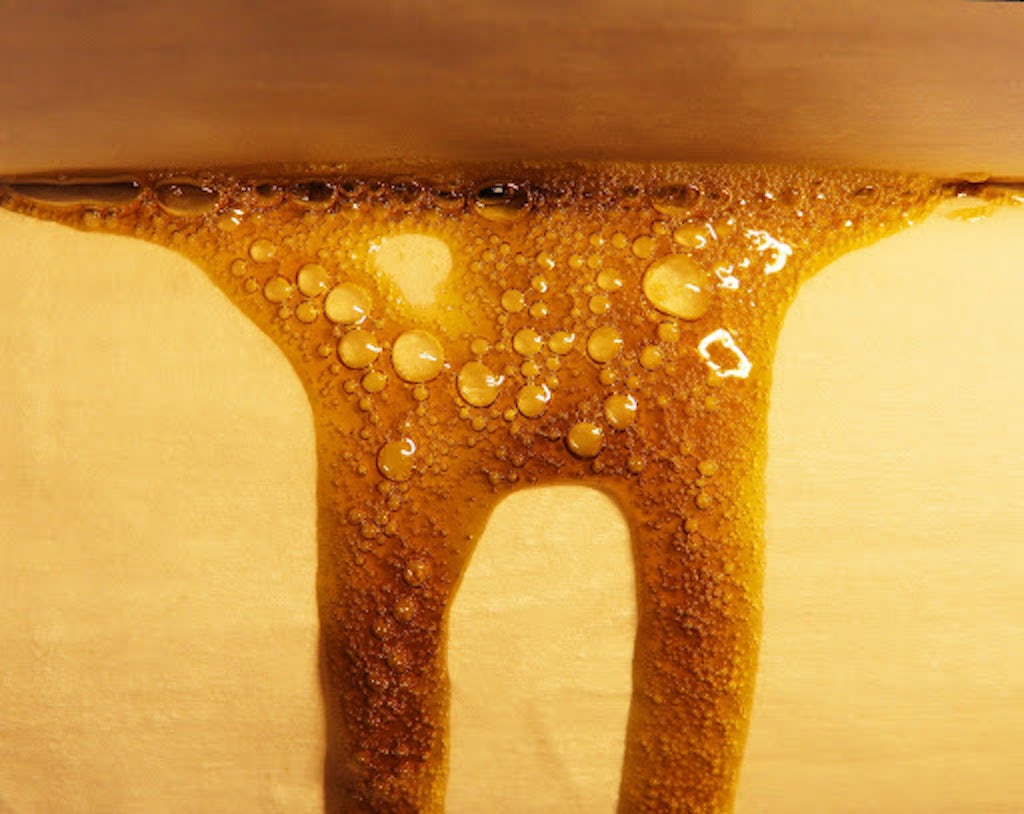
Rosin is created by applying low heat and pressure to extract cannabinoid-rich and terpene-rich resins from hash or cannabis flower. Rosin, since it requires very little heat, contains primarily cannabinoid acids and can also be very rich in terpenes depending on the source material.
The term “live” is applied to mean that the cannabis product uses a cannabis flower that was frozen shortly after harvest, preserving many of the volatile terpenes that would be lost during the drying and curing process.
It is little surprising that a product made from cannabis flowers, which are frozen immediately after harvest, is considered close to full spectrum. In fact, the freezing is specifically aimed at preserving terpenes, a major contributor to the entourage effect.
Rick Simpson Oil (RSO) – 100 votes (15%)
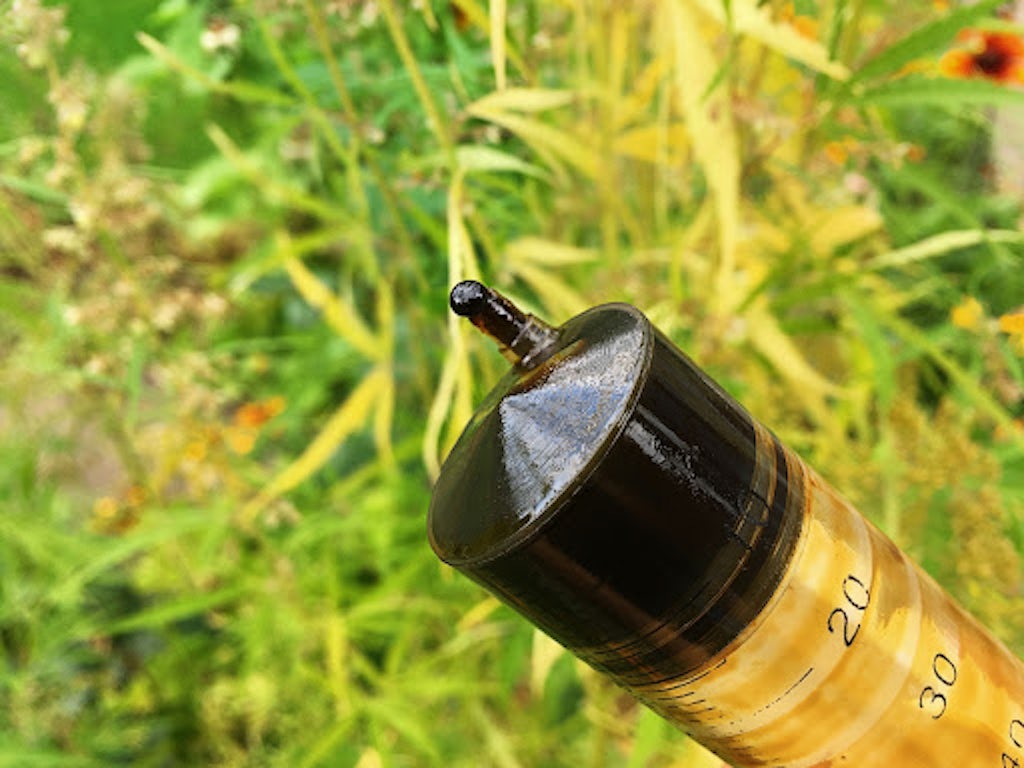
The term RSO is applied to a crude cannabis extract that contains many components found in the cannabis plant, including chlorophyll. It is primarily the presence of chlorophyll that leads to the very dark appearance often seen with RSO. This extraction method can be done using numerous solvents, but most typically uses alcohol.
Sometimes called Full Extract Cannabis Oil (FECO) or QWISO (Quick Wash Isopropyl extract), this method employs a process that extracts more than just cannabinoids and terpenoids. RSO often contains other plant molecules like fats, waxes, sterols, and of course chlorophyll. This product is usually warmed to evaporate off the solvent (alcohol), and decarboxylate the cannabinoids because this product is normally orally consumed.
RSO was the most controversial of extracts in the survey, leading to disagreement and even name calling within the comments. Given the crude extraction process removes far more than just cannabinoids and terpenes from the plant, it is reasonable for consumers to feel this product is more full spectrum than many others on the market.
Ice water hash – 35 votes (7%)
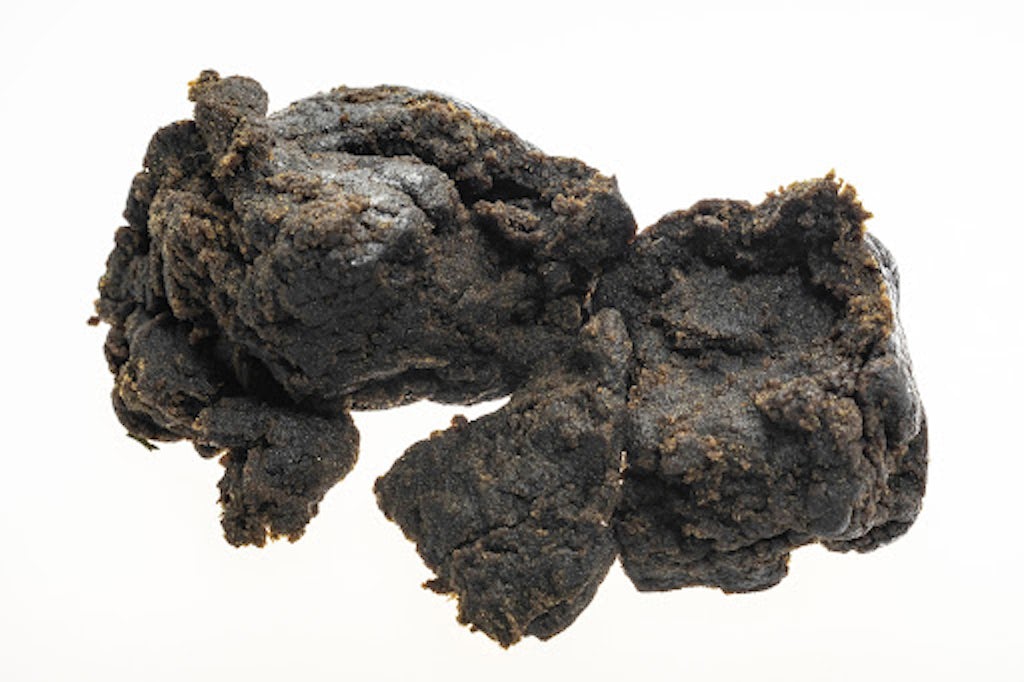
Made utilizing a method of extraction called cold water extraction, this process uses ice and water to harden the trichome heads (where nearly all the resinous cannabinoids and terpenoids are produced) and separate them from the rest of this plant. These resin-rich trichomes heads are then dried to make a refined form of hashish, known as ice water hash (aka bubble hash). Bubble hash can be consumed as is, added to flower, or can be further pressed into rosin.
The low score in the poll was surprising since ice water hash is made strictly from cannabis trichomes. The cannabis plant’s trichomes are where cannabinoids are made and they are also rich with terpenes, so this extraction method produces a very potent extract, broad spectrum extract. Alas, the crowd generally doesn’t think of bubble hash (AKA ice water hash) as full spectrum.
Cured flower – 309 votes (49%)
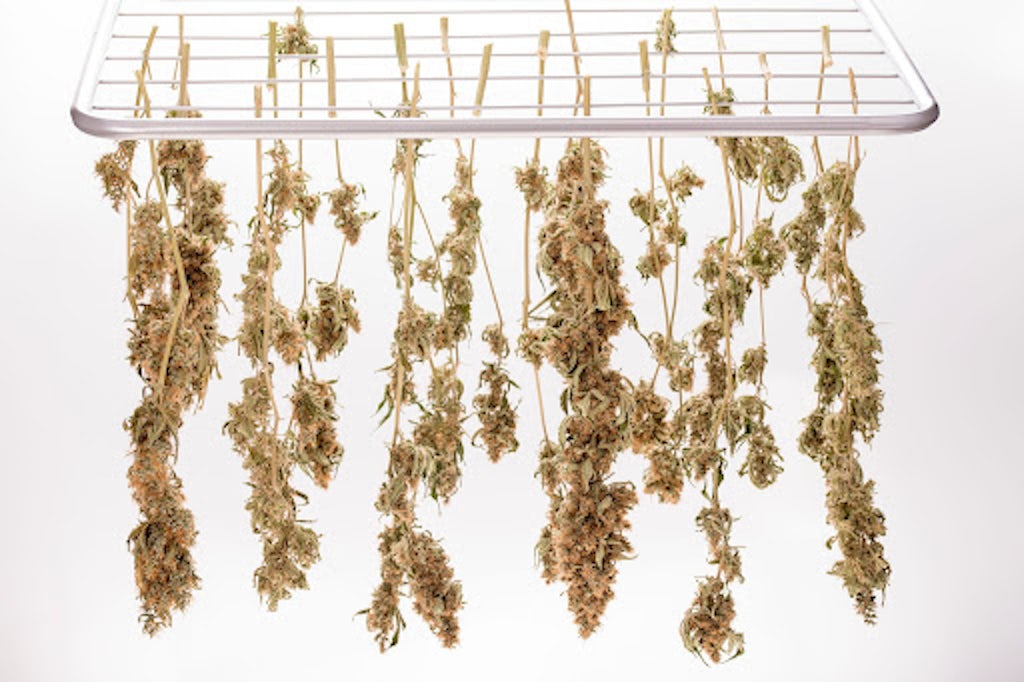
Exactly what the name implies—this is a mindfully aged cannabis flower. Traditionally, after harvest cannabis flowers must hang to dry for a couple of weeks to prepare them for long term storage. Without taking this critical drying step, or if dried improperly, mold is sure to take hold and ruin the flowers. After drying, there is another process that has long been touted as the secret of any craft cannabis—the curing process. During the curing process, some terpenes may be lost or transformed, which to the average consumer may sound bad, but to the cannabis connoisseur, the curing process is a critical step in the production of the premier cannabis flower.
The top choice in the poll, cured cannabis flower clearly contains the majority of the molecules found in cannabis—it is after all, entirely cannabis! The curing process does result in the loss and transformation of some terpenes, but not enough to sway our voters.
Other varieties
Numerous respondents didn’t agree with any of our choices and provided suggestions to rectify the full spectrum conundrum were, well, all across the spectrum. Some individuals suggested that mixing a number of different cannabis varieties would produce the fullest spectrum. Others suggested that the term full spectrum is nothing more than a marketing term.
There were also some very adamant advocates that vehemently proclaimed RSO is the most robust, fullest spectrum cannabis extract available. These statements may be somewhat true for certain molecules found in RSO, but the extraction process used in the making of RSO may result in a significant loss of cannabinoid acids and some terpenes.
To add to the ambiguity of the survey results, if you were to use this bubble hash method with fresh frozen plants, that would yield a product called live bubble hash. Put that in a rosin press, and you will get a product called live rosin — the same name as the winning choice in the poll.
Why all the confusion?
The verbiage is probably most deeply rooted in the industry’s infatuation with the entourage effect, suggesting that it’s the synergy of plant molecules that produce the final effects of the product. If the entourage effect is true, then the makeup of the extract (the spectrum) is the primary driver of the effects of cannabis—which is why everyone cares so much about this definition. 3
Unfortunately, the marketers are ahead of the science, and which aspects of the cannabis plant are most medicinal is still up for debate. If you’re looking for cannabinoids, then certainly extractions made from trichome rich flowers will offer the most robust spectrum of molecules. But if you want the antioxidant benefits from the cannabis plant, it may make more sense to extract the bioactive molecules from the leaves or roots.
Which spectrum?
In order to label something as a full spectrum product, we must then define the spectrum. Is the spectrum of interest limited to the cannabinoids alone? Extracts made from cannabis flower and trichomes may be the best way to extract the widest range of cannabinoids. However, extracts made from just cannabis inflorescence may be missing most flavonoids and sterols, which are common in cannabis leaves, stems, and roots, but not found abundantly in the flower. 4
Additionally, many processing methods (like those often used to make RSO) apply heat to the cannabis product and result in the decarboxylation of the cannabinoids and loss of terpenes. This makes the definition even more complicated, because the effects of cannabinoid acids in the body may be very different from their neutral forms. Therefore, the amount of decarboxylation must be considered in the context of the spectrum.
So, what is full spectrum exactly?

It is imperative that we recognize that full spectrum is a relative term. The contents of the extract can only be considered full spectrum if they chemically match the cannabis source from which they are derived. So in many ways, full spectrum extracts have less to do with what is contained within them and more to do with the chemical makeup of the source ingredients. One full spectrum product is not necessarily comparable to the next, as the chemical makeup of the source product is really what defines the spectrum.
Since cannabinoids and terpenoids are the most studied bioactive molecules in cannabis, these are the metabolites most commonly being referred to in the spectrum. Additionally, every extraction process has limitations as to which components are extracted and at varying efficiencies. Due to limitations of extraction methods, the most accurate representation of the full spectrum is the cannabis flower itself. 5
As the industry evolves, so will the vernacular. Rather than grovel over which product is most robust, we really ought to focus on identifying and studying all of these amazing molecules that can be found in our favorite plant.
Sources
- Riboulet-Zemouli K. ‘Cannabis’ ontologies I: Conceptual issues with Cannabis and cannabinoids terminology. Drug Science, Policy and Law. January 2020. doi:10.1177/2050324520945797
- Maayah ZH, Takahara S, Ferdaoussi M, Dyck JRB. The molecular mechanisms that underpin the biological benefits of full-spectrum cannabis extract in the treatment of neuropathic pain and inflammation. Biochim Biophys Acta Mol Basis Dis. 2020;1866(7):165771. doi:10.1016/j.bbadis.2020.165771
- Andre CM, Hausman JF, Guerriero G. Cannabis sativa: The Plant of the Thousand and One Molecules. Front Plant Sci. 2016;7:19. Published 2016 Feb 4. doi:10.3389/fpls.2016.00019
- in, D., Dai, K., Xie, Z. et al. Secondary Metabolites Profiled in Cannabis Inflorescences, Leaves, Stem Barks, and Roots for Medicinal Purposes. Sci Rep 10, 3309 (2020). https://doi.org/10.1038/s41598-020-60172-6
- Lazarjani, M.P., Young, O., Kebede, L. et al. Processing and extraction methods of medicinal cannabis: a narrative review. J Cannabis Res 3, 32 (2021). https://doi.org/10.1186/s42238-021-00087-9
Sign up for bi-weekly updates, packed full of cannabis education, recipes, and tips. Your inbox will love it.

 Shop
Shop Support
Support